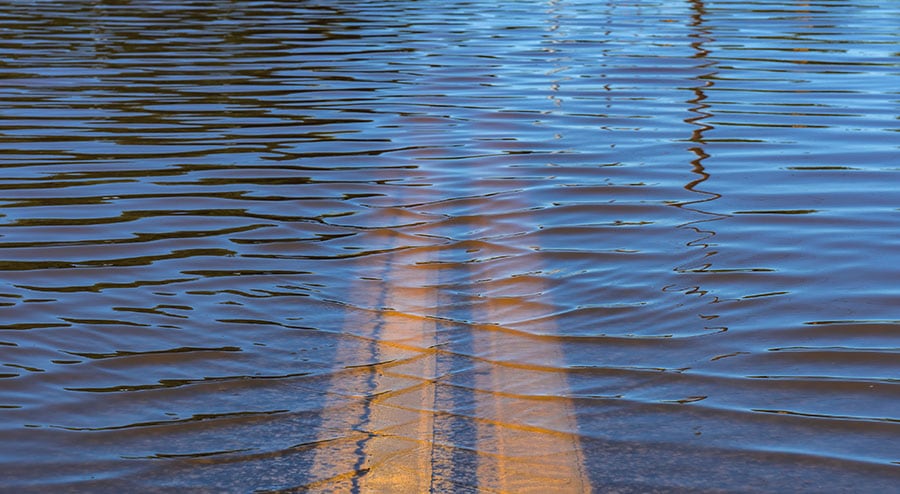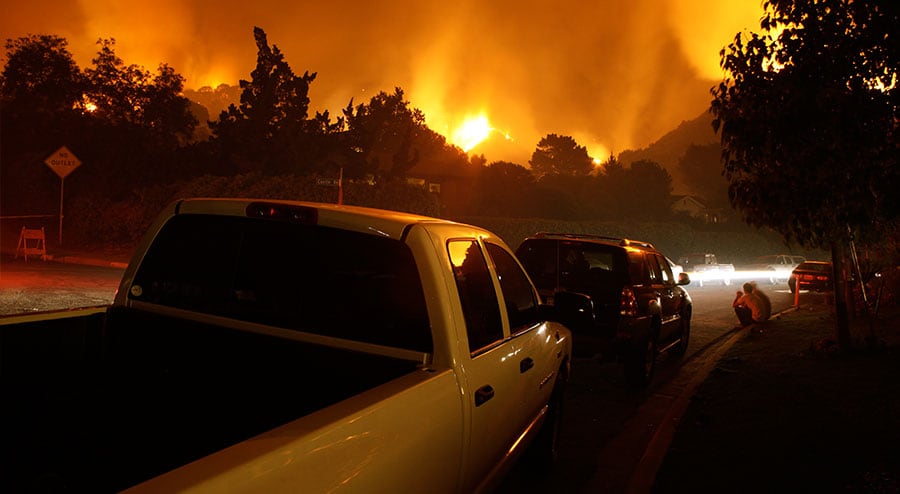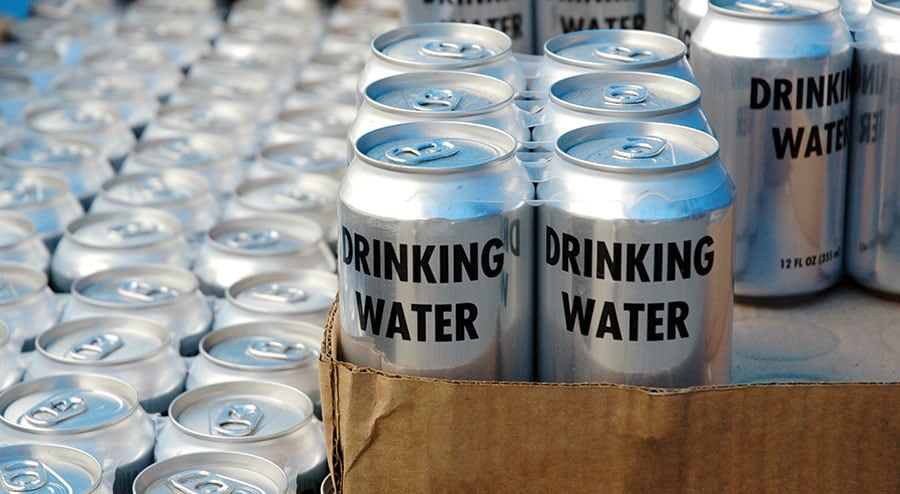So spring is here again. The dark, short days are over, the weather is warmer and flowers are blooming. What could be better? But, with rising temperatures, spring brings with it melting snow and ice that can cause big problems, especially for your home.
As the snow melts, many households face the unwelcome event of crawl space and basement flooding as the thaw continues.
A flooded basement can cause a heap of problems including:
- Water damage to furniture and floors
- Warped wood and floorboards
- Damaged crawl spaces
- Clogged drains
- Mold build-up
- Electrical issues
- Insurance claims and premium increases
But how do you go about what seems inevitable? After months of snowfall, where else is the water from melting snow and ice to go except into your basement? So, what can you do to prevent basement flooding?
In this guide, we will look at the issues surrounding the damage that can be caused by melting snow flooding your basement and what steps you can take as a homeowner to prevent it happening.
Mold
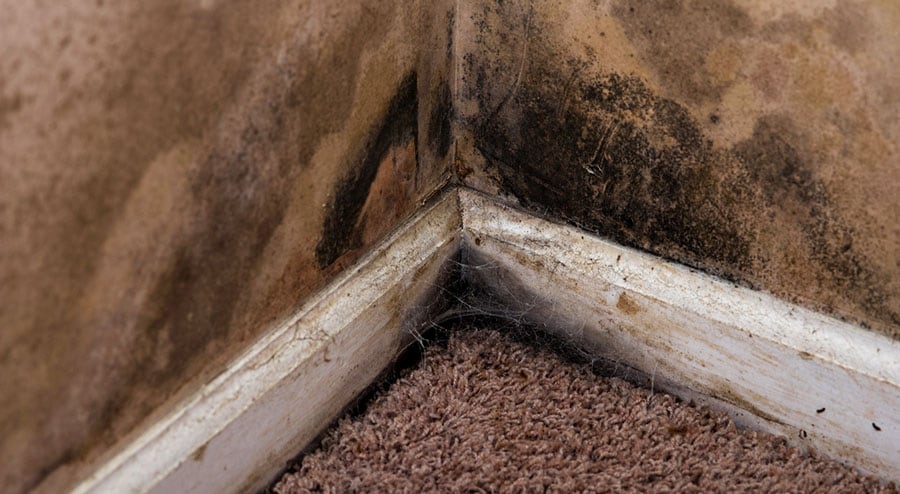
Mold is a real problem and is one of the most common problems associated with basement damage from melting snow. After a flood, black mold can begin to take hold in your basement. This poses substantial health risks not just to you and your family but to your pets as well. Many are surprised at how quickly mold can develop and grow in your home. With moisture levels and temperatures at certain levels, mold can begin growing in just 48 hours.
Once the mold has developed, you and your home are at risk. You must deal with this as a matter of emergency to protect your home. To ensure the job is done correctly you can call professional services that will deal with the mold and prevent it from growing back. Alternatively, you can deal with the mold yourself. If you are going to deal with the mold yourself to save money, then it is imperative that you do the job well and eradicate the mold completely.
What you must do if you have dealt with the mold yourself is check your basement daily. Make checks to make sure that the mold is not growing back. If the mold returns, then you will either need to repeat the process or admit defeat and call in a professional.
Structural Problems
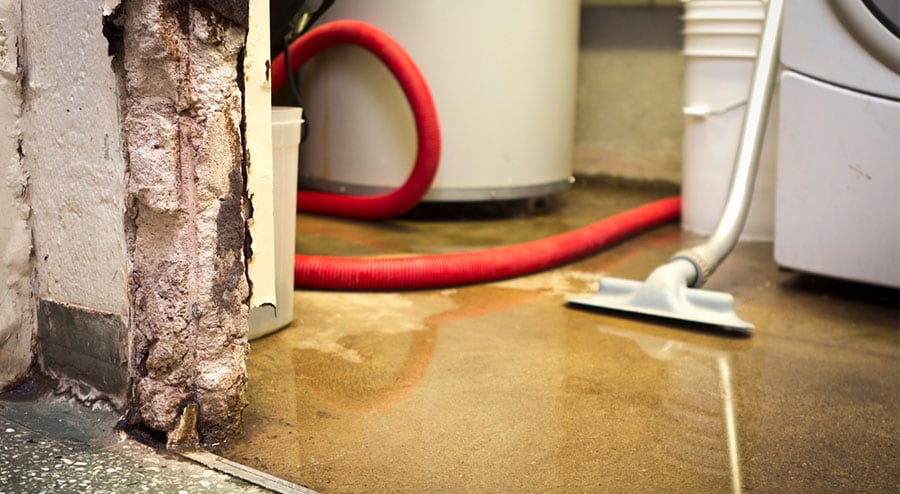
When water enters your basement from melting snow it is not just mold that is a problem. On a financial level, the structural damage caused can far outweigh any costs associated with mold!
When water enters your basement it has come through the walls and as it does so it eats away at the concrete and materials. The worst case scenario is that wet walls crumble and collapse.
Should this happen, your home is not just unsafe to live in but the financial cost to rebuild your home will be very expensive. Fortunately, there are things you can do all year around to minimize your chances of being affected by spring flooding.
Storage
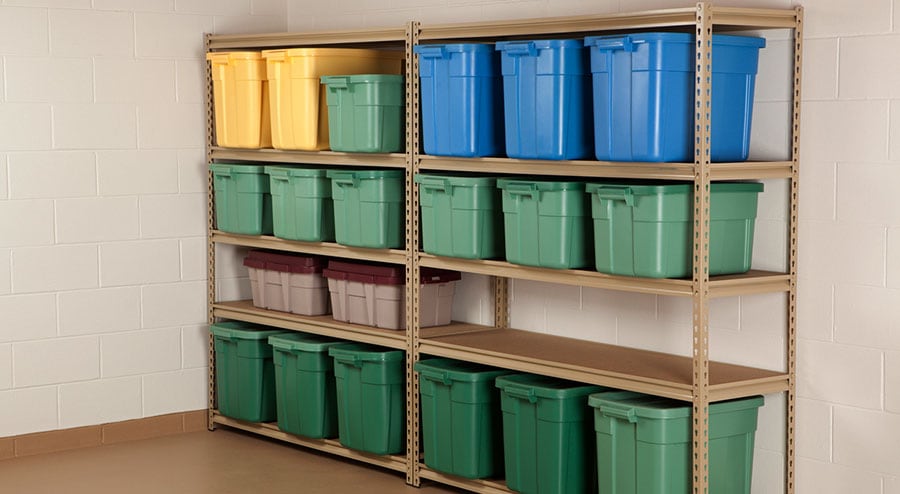
One of the saddest yet most preventable outcomes that can happen during a flood is damage to irreplaceable items. Basements make great storage places for items that whilst not in everyday use but are immensely valuable. No insurer can compensate you for the loss of treasured family albums and no professional can restore your water-damaged photographs.
Time and time again this tragic loss occurs. If you have a small home and using your basement for storage is the only practical way to live clutter-free then think ahead. Rather than having cardboard boxes containing personal possessions use secure plastic totes or boxes. In the event of a flood, your items will have far more chance of survival.
Check The Water Forecast
Another easy way to minimize personal loss is to pre-empt a flood. If there are flood warnings broadcast then don’t just wait for a disaster. If you think your basement is likely to flood from thawing snow then it is best to remove any items from your basement before any potential disaster. Simply elevating any items onto high shelves will also protect them from rising water in the basement.
Clear Away Snow
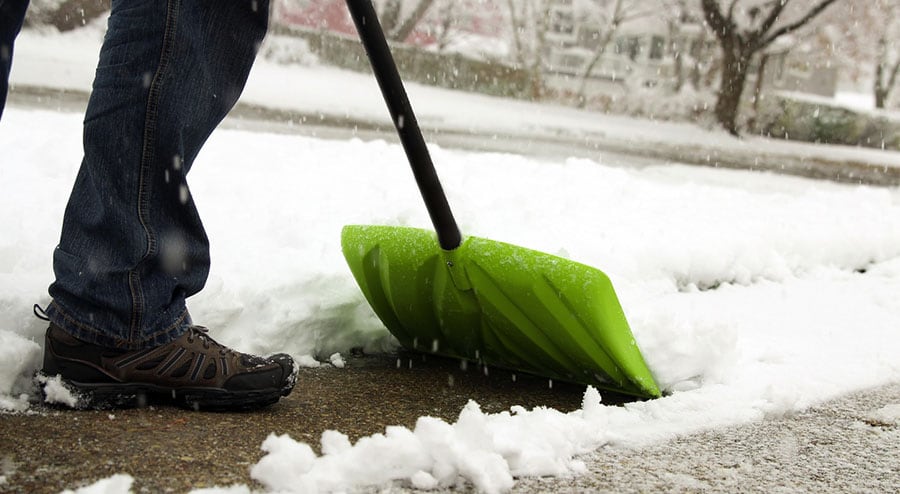
One of the main reasons that basements flood in the spring is due to snow build-up around the home. While many people clear their driveways from snow they fail to clear the snow that is around the home. Over months of snowfall with changing wind patterns, the snow will build up around the walls of your home.
If the snow has been left for months it will be difficult to clear and when the thaw sets in the water has nowhere to go but your foundations. The best way to avoid this easily preventable problem is to make a little time to clear away snow from around your home regularly. When you are clearing your sidewalk and driveway make time to clear the snow from around the walls of your home. You should aim to clear about four to six feet all around
Seal Up Cracks
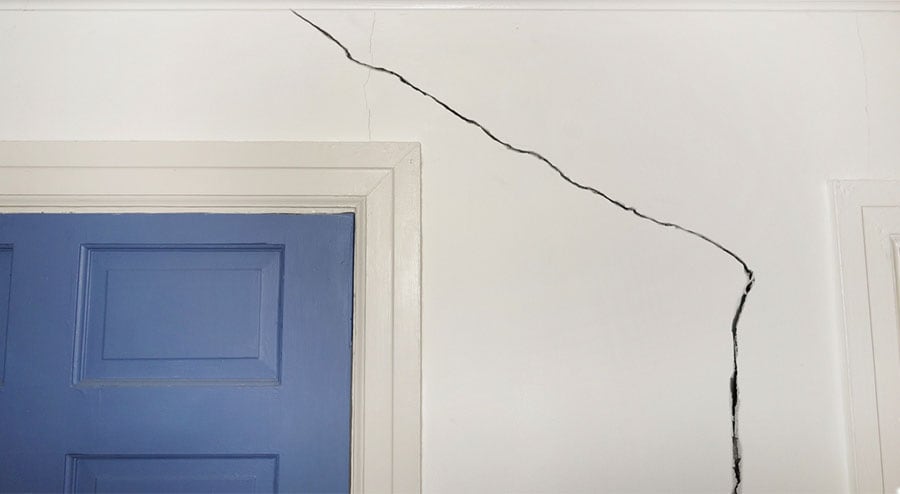
Water enters the home by coming through the cracks in the walls and foundations of your home. By simply carrying out an inspection of your external walls, you will be able to identify if you have any cracks. If the cracks are small then it is an easy job to seal them up. An epoxy sealer is a quick and cheap way to seal up the cracks and prevent water from entering your home.
For larger cracks, you should contact a professional. Sealing cracks is not a sure-fire way of stopping water entering your home but it will certainly lessen the amount.
Invest In A Sump Pump
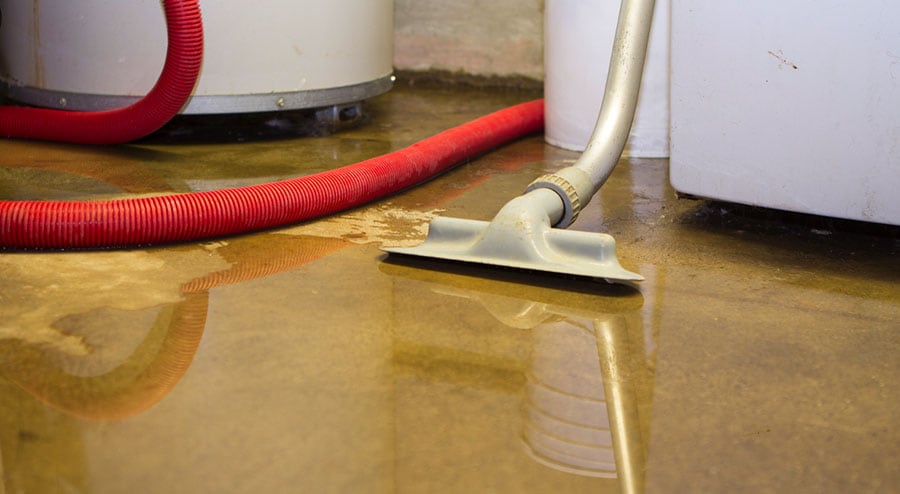
A sump pump is the best way to remove water in an emergency. It is recommended that you invest in a sump pump and test it regularly to make sure it works. The sump pump will allow you to pump water out of your home quickly and effectively. By removing the water as quickly as possible, there is far less chance of your home sustaining significant damage such as mold.
If you don’t have a sump pump you can rent a portable extraction unit from a local store or use a wet and dry vacuum. The key to preventing further damage is to act fast. A portable extraction unit will do a quicker job than a wet and dry vacuum. These units hold more water than a wet-dry vacuum and they can often have a drain valve that allows the water to be drained quickly into a pail or toilet.
Dry It Out
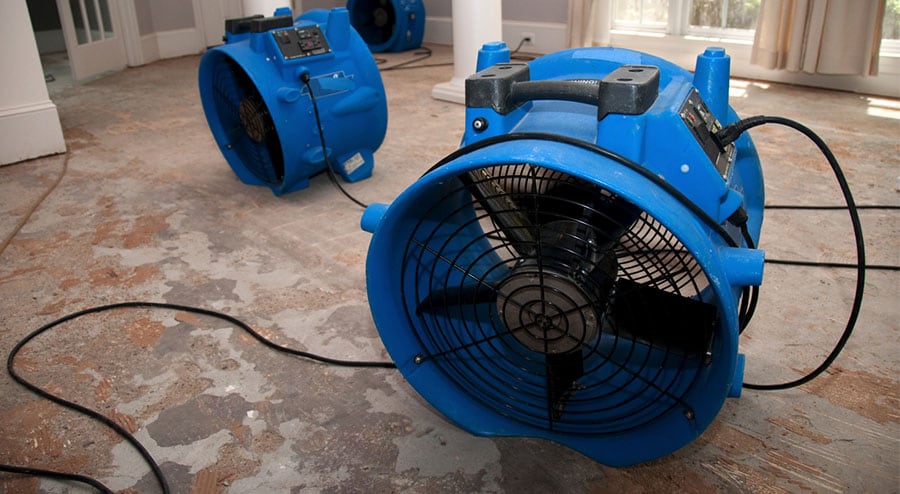
To avoid secondary damage to your property you should dry the area as quickly as possible. Removing the water and water-damaged items will not protect your basement from the mold. To do this, you will need to use air movers and dehumidifiers. It is best to rent an air mover which is similar to an industrial fan and use it in conjunction with dehumidifiers.
The air movers work by extracting the water from the walls and floors in your basement. Once in the air, the dehumidifiers work to take the water from the air and condense it where it can be collected or drained. You need to get the balance right as too much humidity from air movers can cause damage too.
Use one air mover for every ten linear feet of wall and make sure that you have dehumidifiers that are able to condense the water. If the weather outside has relatively low humidity then you can take advantage and open your windows to speed up the process.
Check Your Home
Before the big thaw happens, take time to check your home. You want to ensure that no damage has occurred and that water can drain away easily. Clear away any snow and any other debris that may have collected over the winter months from the roof gutters.
Remove snow and ice dams from the roof if it is safe to do so or obtain the services of a professional to do this. Brush away any snow from basement window wells and stairwells. Make sure that your street storm sewer is also free from snow and debris. Finally, take time to inspect your pipes for any damage or leaks that may have occurred during the winter.
Have A Plan

You should have a plan in place just in case a flood does happen. This should include testing your sump pump, having insurer’s details to hand and the contact numbers of professionals who can help. In the event that yours is not the only home that has flooded, it could be that these services are in high demand so make sure you act fast.
Knowing where you can get hold of disinfectant for mold and hire any equipment locally is also a way you can act quickly in an emergency to minimize damage is also useful. Acting quickly and not panicking is the best way you can prevent substantial damage from flooding from snows thawing.
We hope you found the guide helpful and good luck in keeping your home dry and protected from spring flooding.


